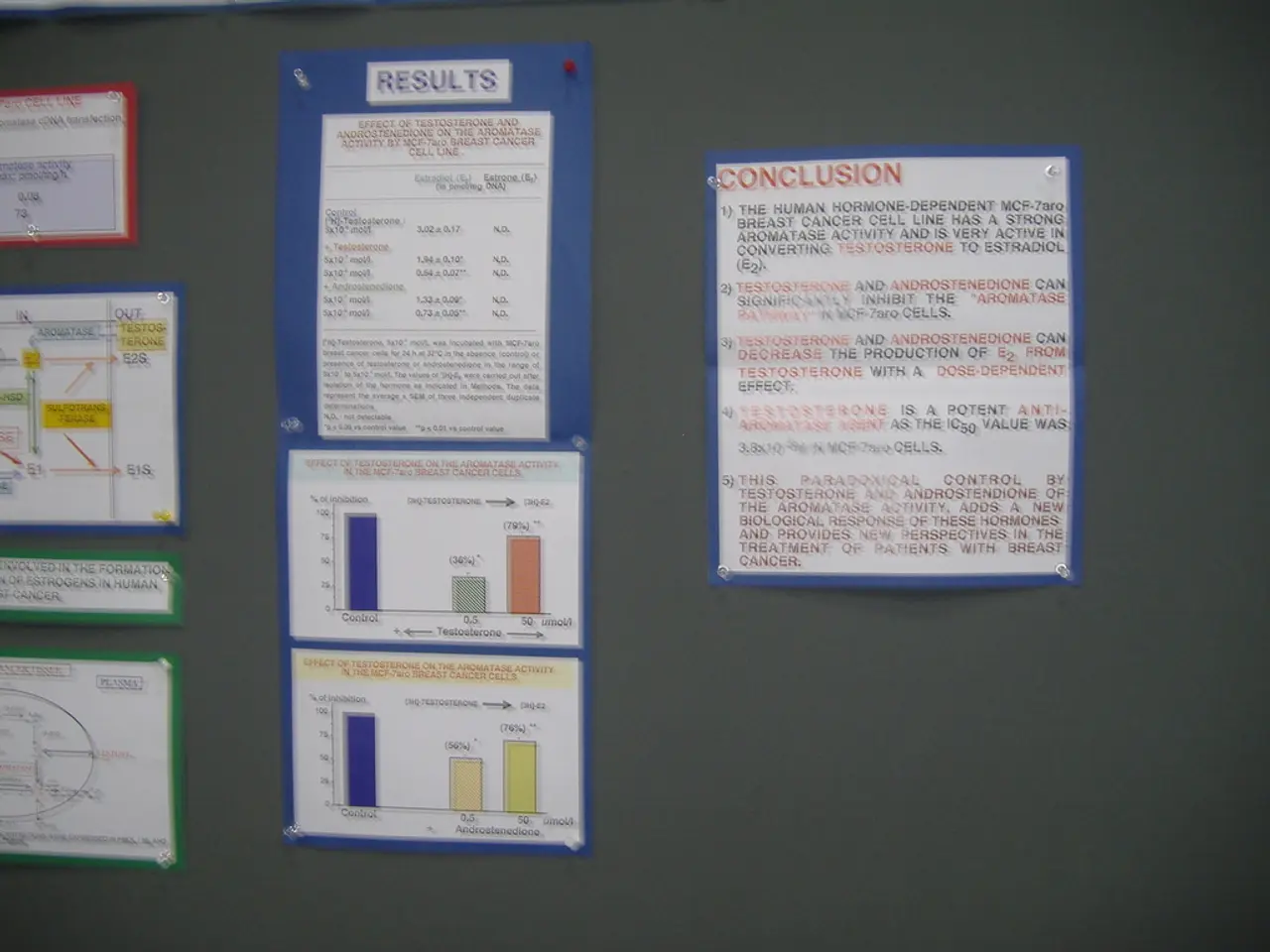Increased U.S. tariffs are not just temporary, as suggested by the Franklin Templeton investment team.
The announcement of a new US tariff regime on 1 August 2025 has set the stage for significant changes in global trade, investment, and economic growth. This regime, with tiered tariff rates based on trade balances, promises to raise import costs for affected countries, disrupt established trading relationships, and introduce a new era of trade tensions.
The tariff-induced trade disputes could have far-reaching economic consequences. Export-reliant economies could experience national slowdowns, production costs may rise due to retaliatory tariffs on imported components, and global trade volumes could decline substantially. These effects, combined with increased currency volatility, may weigh on economic growth and corporate profitability in multiple regions.
Investor confidence may also be undermined as heightened trade frictions introduce uncertainties in global markets and complicate investment environments. In response, countries, particularly in East and Southeast Asia, are expected to accelerate strategic realignments. ASEAN nations like Malaysia, Indonesia, and Thailand may deepen efforts to diversify export markets, boost regional trade, and attract supply chain investment diverted from more vulnerable economies.
The tariff regime is also expected to amplify shifts in fixed income, de-dollarisation, and a resurgent European military-industrial base. Europe, as the largest consumer market in the world, may see rate cuts ending and fiscal pressures rising. However, it remains a significant investor in the US, ensuring both sides have some leverage over the other in the future.
For Europe, approximately 10-12% of a 15% tariff on US goods may be passed on to US consumers. US tariff revenue estimates range from $300bn to $650bn per year, with 1/3 absorbed by corporates and 2/3 passed to US consumers. Luxury goods may remain resilient due to pricing power, with a rise of "tourism arbitrage" expected, such as cross-border luxury purchases.
As the era of cheap labor as a competitive edge ends, future competitiveness will rely on technology, quality, and domestic market strength. Auto and low-margin sectors may be hit hardest by tariffs, with volume declines expected as consumer prices rise.
Geopolitical considerations will weigh more heavily than previously. The deal between the EU and US includes geopolitical dimensions, such as Ukraine and Russia deterrence. Europe is less likely to subsidise and instead focuses on internal demand and alternative export markets.
The shift in production away from China is structural and may take 5-6 years to fully realign. Emerging markets with strong domestic consumption and tech productivity, like India and China, are expected to outperform labor-reliant peers.
In conclusion, the new US tariff regime is expected to usher in an era of more protectionist trade policies, realigned global supply chains favoring intra-regional trade, elevated costs for some importers, and potential dampening of economic growth and international investment flows due to heightened uncertainties and retaliatory measures. These changes will shape the global trade landscape for years to come.
[References] [1] Franklin Templeton Investments. (2025). US Tariffs: Implications for Global Economies and Markets. [Online]. Available: https://www.franklintempleton.com/us/en/insights/articles/us-tariffs-implications-for-global-economies-and-markets.html [2] World Bank. (2025). US Tariffs and their Impact on Global Trade and Investment. [Online]. Available: https://www.worldbank.org/en/topic/trade/publication/us-tariffs-and-their-impact-on-global-trade-and-investment [3] Office of the United States Trade Representative. (2025). Tariff Schedule Under Section 301: China's Acts, Policies, and Practices Related to Technology Transfer, Intellectual Property, and Innovation. [Online]. Available: https://ustr.gov/sites/default/files/enforcement/301Investigations/Section%20301%20Investigations/Final%20Determination%20of%20China%20Section%20301%20Investigation/As%20Modified%20by%20the%20August%205%20Supplement%20to%20the%20Federal%20Register.pdf [4] International Monetary Fund. (2025). World Economic Outlook Update: US Tariffs and Global Growth. [Online]. Available: https://www.imf.org/en/Publications/WEO/Issues/2025/06/28/World-Economic-Outlook-Update-June-2025
Businesses and investors could face unprecedented challenges due to the new US tariff regime. As trade disputes escalate, it might prompt restructuring of global supply chains, concentrated in regions like East and Southeast Asia, to minimize the impact of tariffs and adapt to new markets. Simultaneously, financial institutions may need to navigate higher uncertainties and reconsider their investment strategies as tariffs and retaliatory measures cause volatility in the global economy and impact the profitability of various sectors.




